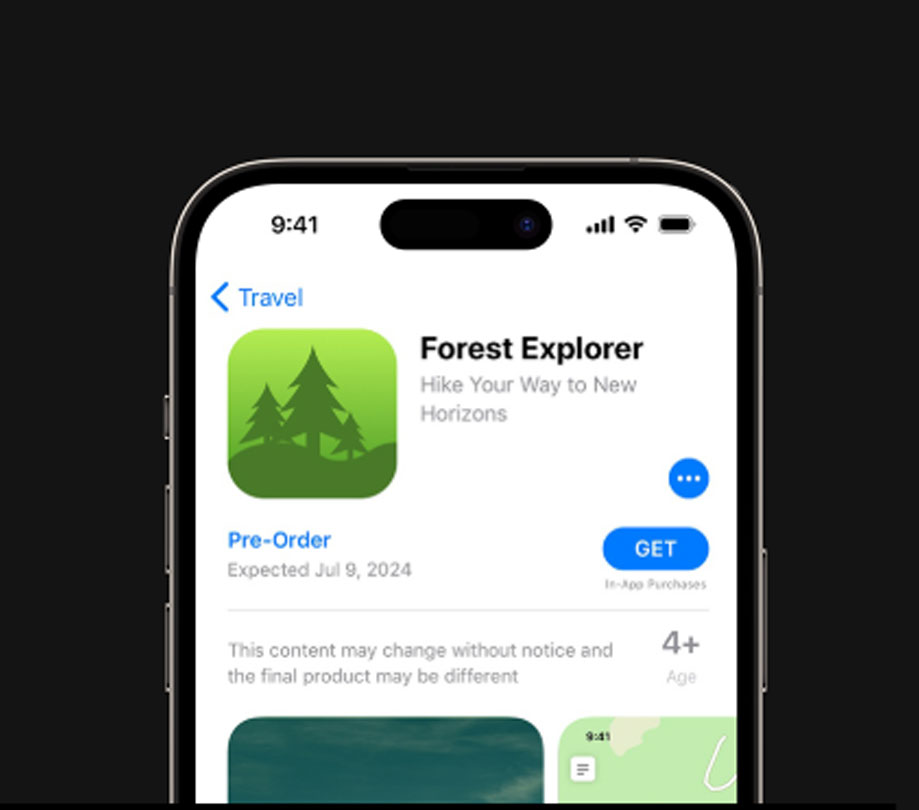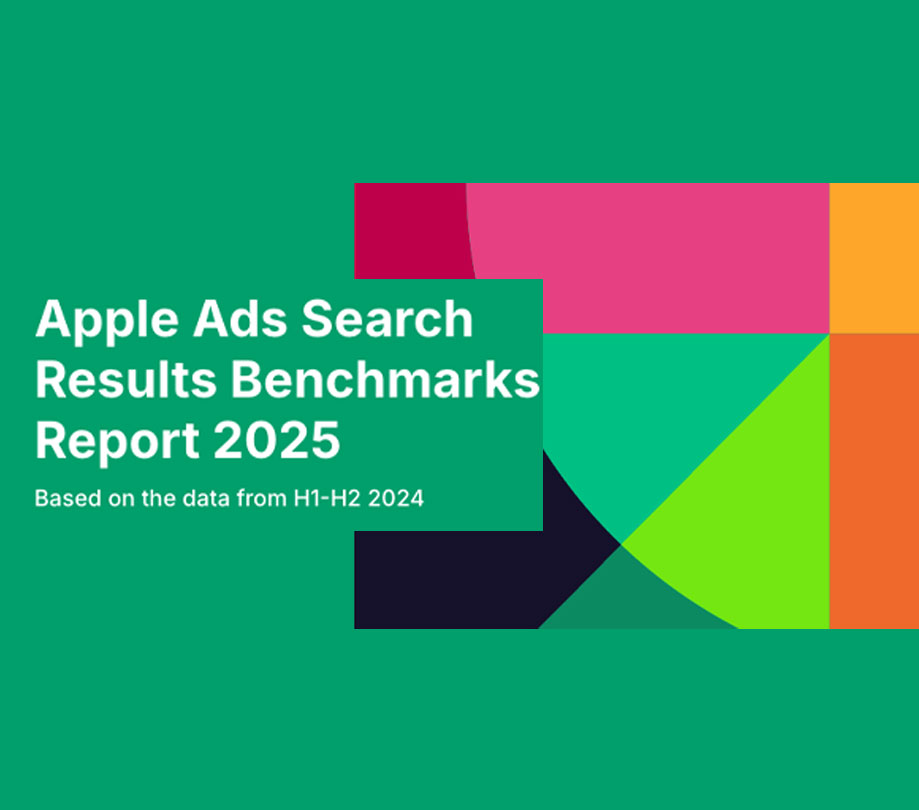Enterprise
Make better apps to get enterprise users engaged
Wednesday, August 30, 2017

|
Natalie Lambert |

Enterprise apps are typically hard to use and users avoid and will not engage in using them at all.
Think about all the big (and little) moments that can make or break your business. Like when managers are prioritizing their spending for the coming year. Or when sales reps are pitching to your biggest client. These moments of engagement are the vital times when employees need instant access to insights that will help them make smarter decisions and perform at the top of their game.
As you make the transition from systems of record - the back-end systems you rely on to run your business - to systems of engagement (SOE) - systems used directly by employees for things like communication or collaboration, these are the moments you need to focus on.
Back in 2013, market intelligence firm IDC predicted that more than 65 percent of infrastructure investments in today’s organizations would target systems of engagement rather than maintaining existing systems of record. Yet many business leaders still struggle with how to go about it.
The key, says one writer, is to separate what you have from what you need - without ripping out what you have.
What most organizations have is a patchwork system of old and new technology, cobbled together with improvised solutions. Departmental systems work in isolation, data remains siloed, and business processes are cumbersome - especially those spanning multiple departments.
Since systems of engagement must coordinate with existing enterprise systems, the best place to start is by identifying areas where current systems or processes are inhibiting business growth.
Here are some examples to help you get started:
We all know employees have a habit of rejecting enterprise software if they find the user experience intolerable. It’s not just on-the-ground laborers, either. Three in four managers will turn their backs on a hard-to-use system - and as many as one in three will even quit their jobs over it.
So, find out which systems employees don’t use. And find out why. The goal isn’t to get rid of these systems, it’s to make them more useful by layering on a simpler application that bypasses the clunky interface and gives employees a fast and easy way to get what they need.
Nine in 10 employees agree that simplified enterprise apps would increase efficiency and productivity while also reducing the pain points they struggle with every day.
As many as seven in 10 enterprise opportunities are directly related to deficiencies in business processes, and business leaders name dysfunctional processes as one of the top five obstacles to achieving organizational agility.
One key step in moving toward a system of engagement is to pinpoint slow-moving processes that are impeding business growth. Factors that can put the brakes on businesses processes include:
- Handoffs between departments, which add ramp-up and ramp-down time, introduce errors and increase the risk of items slipping through cracks
- Approvals and sign-offs - especially when the approver is consistently unavailable at the time approval is needed
- Manual re-keying of data that has already been captured somewhere else
The right system of engagement can help speed up slow-moving processes. For instance, instead of relying on employees to forward documents by email for approval, a system of engagement can automatically send the information to the right person at the right time.
Antiquated legacy systems often impose complicated processes on employees, but they’re not the only culprits. As businesses grow, their workflows naturally become more complex.
Left unaddressed, these workflows can grow to monstrous proportions, hampering productivity and stifling profits. Signs of overly complex or dysfunctional workflows include relying too heavily on email, overusing spreadsheets to track work, requiring too much paper documentation, and using different processes to achieve the same task.
Take time to identify the most complicated workflows within your organization. Look at ways to simplify, automate, and break them down into smaller steps.
The business world is overloaded with apps. The average enterprise uses nearly 500 applications, while employees log into more than 25 apps a month.
It all gets to be too much for employees to manage, especially when they have to slog through business processes that require logging into multiple systems. Sixty-five percent admit they delay completing tasks when they must pull from multiple systems.
Processes that involve multiple systems of record also affect the bottom line, as they tend to be rigid and unable to respond to analytics insights or changing business requirements. To become flexible again, businesses need to build bridges between systems to unite each business process within a single, easy-to-use interface.
Enterprise leaders agree that data-driven decision making is vital to long-term success. Yet more than three in five employees confess they sometimes ignore data when making decisions. Often it’s because digging up the information takes too long, or employees rely on others to help them access enterprise data and gain the insights they need.
If you want to capitalize on your biggest resource - data - you need to determine which data is being ignored within your organization. Then you can find ways to draw it out and put it in front of the right employees at the right time to encourage smarter, data-driven decisions.
By identifying these key factors that can impede organizational growth, you can develop a system of engagement that truly addresses your employees’ needs - and helps propel your business toward its goals.
This content is made possible by a guest author, or sponsor; it is not written by and does not necessarily reflect the views of App Developer Magazine's editorial staff.
As you make the transition from systems of record - the back-end systems you rely on to run your business - to systems of engagement (SOE) - systems used directly by employees for things like communication or collaboration, these are the moments you need to focus on.
Back in 2013, market intelligence firm IDC predicted that more than 65 percent of infrastructure investments in today’s organizations would target systems of engagement rather than maintaining existing systems of record. Yet many business leaders still struggle with how to go about it.
The key, says one writer, is to separate what you have from what you need - without ripping out what you have.
What most organizations have is a patchwork system of old and new technology, cobbled together with improvised solutions. Departmental systems work in isolation, data remains siloed, and business processes are cumbersome - especially those spanning multiple departments.
Since systems of engagement must coordinate with existing enterprise systems, the best place to start is by identifying areas where current systems or processes are inhibiting business growth.
Here are some examples to help you get started:
Hard-to-use Systems
We all know employees have a habit of rejecting enterprise software if they find the user experience intolerable. It’s not just on-the-ground laborers, either. Three in four managers will turn their backs on a hard-to-use system - and as many as one in three will even quit their jobs over it.
So, find out which systems employees don’t use. And find out why. The goal isn’t to get rid of these systems, it’s to make them more useful by layering on a simpler application that bypasses the clunky interface and gives employees a fast and easy way to get what they need.
Nine in 10 employees agree that simplified enterprise apps would increase efficiency and productivity while also reducing the pain points they struggle with every day.
Inefficient Processes
As many as seven in 10 enterprise opportunities are directly related to deficiencies in business processes, and business leaders name dysfunctional processes as one of the top five obstacles to achieving organizational agility.
One key step in moving toward a system of engagement is to pinpoint slow-moving processes that are impeding business growth. Factors that can put the brakes on businesses processes include:
- Handoffs between departments, which add ramp-up and ramp-down time, introduce errors and increase the risk of items slipping through cracks
- Approvals and sign-offs - especially when the approver is consistently unavailable at the time approval is needed
- Manual re-keying of data that has already been captured somewhere else
The right system of engagement can help speed up slow-moving processes. For instance, instead of relying on employees to forward documents by email for approval, a system of engagement can automatically send the information to the right person at the right time.
Unnecessary Workflow Complexities
Antiquated legacy systems often impose complicated processes on employees, but they’re not the only culprits. As businesses grow, their workflows naturally become more complex.
Left unaddressed, these workflows can grow to monstrous proportions, hampering productivity and stifling profits. Signs of overly complex or dysfunctional workflows include relying too heavily on email, overusing spreadsheets to track work, requiring too much paper documentation, and using different processes to achieve the same task.
Take time to identify the most complicated workflows within your organization. Look at ways to simplify, automate, and break them down into smaller steps.
Multi-system Headaches
The business world is overloaded with apps. The average enterprise uses nearly 500 applications, while employees log into more than 25 apps a month.
It all gets to be too much for employees to manage, especially when they have to slog through business processes that require logging into multiple systems. Sixty-five percent admit they delay completing tasks when they must pull from multiple systems.
Processes that involve multiple systems of record also affect the bottom line, as they tend to be rigid and unable to respond to analytics insights or changing business requirements. To become flexible again, businesses need to build bridges between systems to unite each business process within a single, easy-to-use interface.
Data That’s Getting Ignored
Enterprise leaders agree that data-driven decision making is vital to long-term success. Yet more than three in five employees confess they sometimes ignore data when making decisions. Often it’s because digging up the information takes too long, or employees rely on others to help them access enterprise data and gain the insights they need.
If you want to capitalize on your biggest resource - data - you need to determine which data is being ignored within your organization. Then you can find ways to draw it out and put it in front of the right employees at the right time to encourage smarter, data-driven decisions.
By identifying these key factors that can impede organizational growth, you can develop a system of engagement that truly addresses your employees’ needs - and helps propel your business toward its goals.
This content is made possible by a guest author, or sponsor; it is not written by and does not necessarily reflect the views of App Developer Magazine's editorial staff.

Become a subscriber of App Developer Magazine for just $5.99 a month and take advantage of all these perks.
MEMBERS GET ACCESS TO
- - Exclusive content from leaders in the industry
- - Q&A articles from industry leaders
- - Tips and tricks from the most successful developers weekly
- - Monthly issues, including all 90+ back-issues since 2012
- - Event discounts and early-bird signups
- - Gain insight from top achievers in the app store
- - Learn what tools to use, what SDK's to use, and more
Subscribe here













Comments